Well in the country: everything you need to know
It just so happens that if we want to have something good, we build it ourselves. But how to make a good country well, because not every builder has experience in this particular art?
We decided to talk about how to choose a place and method of construction, as well as how to perform work and what is the maintenance of a well in the country house.
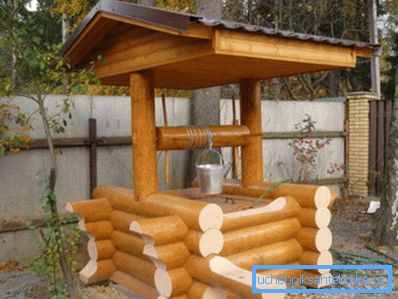
Well device
General information
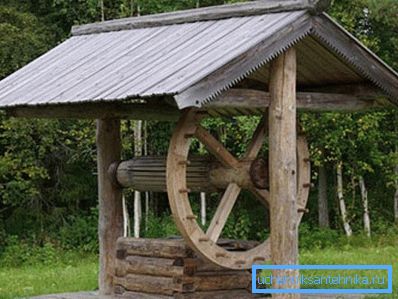
We all know that drinking water is extracted from the ground, but not everyone can guess why.
Everything is simple here:
- Water goes underground in the form of precipitation, which means that it is fresh and fairly clean after the evaporation / condensation cycle. The current state of the atmosphere somewhat impairs the quality of water passing through it, but in general, the quality can be considered satisfactory;
- Passing through the soil strata, the water is filtered in a natural way, in addition, it is mineralized and becomes a source of useful elements for the human body.
Note! Immediately, you can notice one feature: the longer the path of the fluid through the soil, and more precisely, the greater the thickness of the natural filter, the higher the degree of purification and water quality.
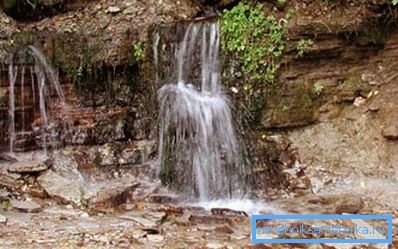
Now let's see what happens with the water that is underground. The liquid is easily absorbed and passes through the upper loose soil layer and gradually descends lower and lower until it encounters a layer of impermeable rock — clay, loam, etc. — on its way. Now the water flows through this stratum like a river until a fracture or crack occurs in it, and then the liquid penetrates under the impermeable layer and goes further down.
Water again passes through numerous layers of permeable soil, is filtered, dissolves minerals, and rests against the next layer of dense rock. Then the process repeats over and over again, and thus we can distinguish several aquifers.
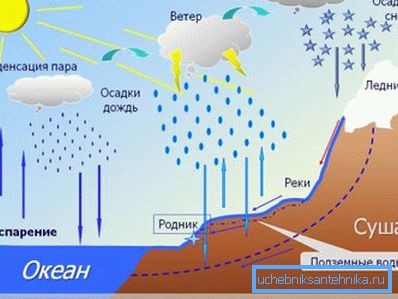
Note! An aquifer is a reservoir of light-permeable rock that is located above a layer of waterproof material, which is the natural bottom of an underground reservoir.
For household and commercial production using these types of horizons:
- Upper aquifer, or overwater. It is used for technical needs and irrigation, as the water quality is very low due to poor filtration and constant contamination by sedimentary and surface ground flows;
- Sandy aquifer. This is the first potable source. Its depth can vary from a few meters to one to three dozen meters. The quality of raw materials here is different: from technical to excellent drinking water;
- Interstratal artesian pressure water. They are located between closely spaced waterproof layers of rock in the clamped state, therefore, most often such water is under pressure, and when the horizon is opened, it pours itself onto the surface. There may already be a more significant depth - up to fifty meters and even deeper, the water quality is high;
- Limestone artesian aquifer. The highest quality and clean water, which is considered a strategic freshwater reserve of the country and belongs to minerals, therefore, is controlled and protected accordingly. The depth of occurrence is from several tens to several hundred meters, depending on the geology of the area.

As many could have guessed, wells for drinking water reach the sandy aquifer, sometimes they only dig at the upper layer. The cost of developing a deeper mine is too high, and working at such depths becomes too dangerous and difficult.
The design of such a source is usually divided into three main parts: the mouth or tip - the above-ground part, the trunk - the mine, the bottom or aquifer - the near-bottom area.
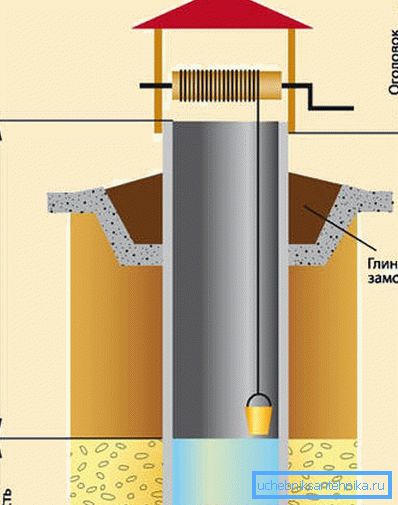
Usually, the wells are not lowered to the impermeable layer under the sandy horizon, but simply buried by one and a half to two meters into the water-saturated layer of rock and make it a cushion of small and coarse gravel, which serves as a filter.
Through this pillow, water seeps and fills the shaft of the mine, which is reinforced with concrete, metal or wooden structures from the collapse of the walls. Also, the casing of the shaft does not allow water to pass through and allows it to accumulate in it, in addition, it protects the internal space from penetration of top watering and ground sedimentary flows.

Completes the construction of the cap - the above-ground part of the casing structure with a device for raising the buckets and a canopy to protect the source from foreign objects and precipitation. Often this element is decorated and stylized, making interesting and beautiful wells in the country.
You can also equip the tip with a pump and assemble a system of automatic autonomous well water supply for the whole house, but in general, the improvement of the well in the country is limited only by your imagination, experience and skills.
Species
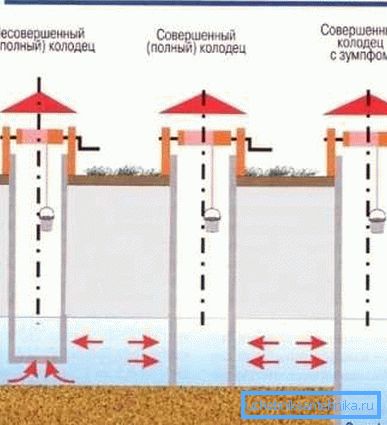
But the depth and the device of the shaft are divided into perfect, imperfect and perfect with sump. Imperfect (incomplete) wells do not reach the bottom of the aquifer, so the column of water in them below. Fluid penetrates the cushion of gravel located below the casing..
A perfect (full) well is installed by a casing on a waterproof layer, and water penetrates into it through perforations at the bottom of the casing. The liquid column in this design is higher.
A full well with a sump has an additional reservoir for storing water, which is dug in a resistive layer. This makes sense with a small height of the aquifer or with a high level of water consumption.

In addition, well structures are distinguished by the material of the casing. It can be reinforced concrete in the form of pipes or rings, and sometimes make monolithic structures. Also found stone and brick lining, pipes made of steel, wooden houses.
Modern technologies allow the use of various plastic products made of PVC, polyethylene and other polymers for casing wells and wells. These materials are characterized by a long service life and complete tightness, and also they do not rot and do not corrode in water, which has a positive effect on the composition and quality of the liquid.
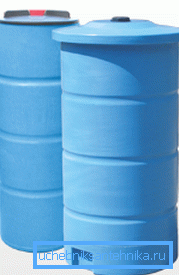
Concrete rings are most commonly used, as they are durable, reliable, waterproof, and easy to work with.
Steel pipes are the most unacceptable option, as iron, which is part of steel, quickly corrodes and deteriorates, contaminating water. The service life of such a mine is lower than that of other types. Repair of wells in the country is very complicated and expensive, since metal pipes can only be replaced.

Wooden houses are difficult to manufacture and require experience in the assembly and installation of casing, in addition, the cost of good wood is now high. However, the quality and taste of water from a wooden frame is considered one of the best, since wood favorably influences these indicators.
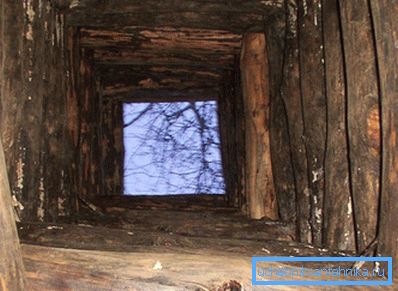
No less often you can find buildings made of brick or stone. This is a fairly reliable and durable technology, but here there is a need to excavate the mine without casing, which is quite dangerous and requires experience.

Note! Anyway, the method of casing of the well with RC rings in the process of excavation is best suited for independent execution, since this is the least dangerous and does not require special skills and special tools.
It is also worth noting the simpler repair of the well in the country when using the concrete pit of the mine. To do this, it is enough to wash its walls and remove a layer of sand and silt from the bottom. In addition, sometimes you should get and wash the pillow of gravel, which gradually becomes clogged with various sediments.
Note! If foreign objects get into the mine, especially birds and animals, they should be immediately taken to the surface and water should be pumped out. If the animal begins to decompose, antiseptic treatment of the well or other disinfection measures may be necessary.
Well shaft construction

Now consider the construction of the well with their own hands, and as an example will be our instruction.
For casing we will use RC rings, in which case the cost of the well at the cottage will be equal to the cost of the rings, but they are not expensive.
- In the chosen place we dig out a small depression with a diameter slightly larger than the size of the ring;
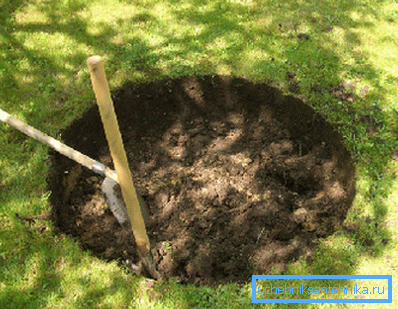
- We dive into the height of the ring and set the first product just below ground level, and the second one on it. We begin to choose from it the ground, undermining, including, and under the walls of the ring;
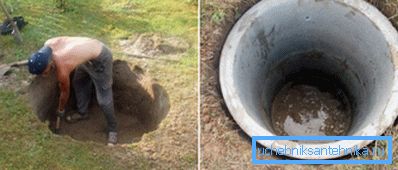
- The ring under its own weight will sink lower and lower, and when its upper edge reaches ground level or lower, the next ring will be placed on it;
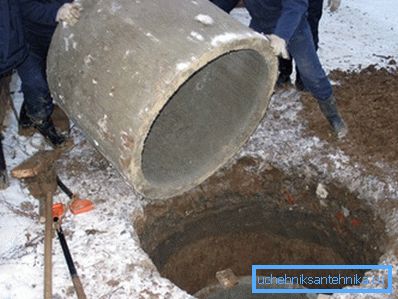
- The excavated earth is collected in a bucket, which is lifted up on the rope and emptied. Ideally, have three workers: one digs, the second picks up buckets and fills the wheelbarrow, the third drives and dumps the ground. While working in the mine should be lowered ladder, and digging should be tied with a safety rope, for which it can be lifted up;

- Rings can be rolled on the ground and set using levers. You can also use a tripod with a winch or block. At last, it is possible to lift and put products by the crane;
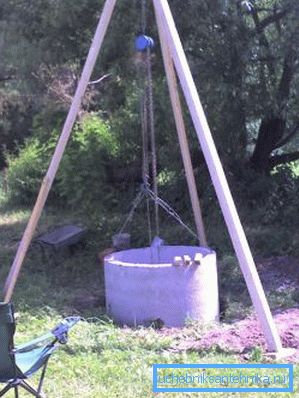
- Gradually changing roles, we lower the well below and below. The joint between the rings is coated with a cement-sand mortar without chemical additives and additives. When the water starts to go down, lower the hose and pump the water out with a pump. In order not to fill the area with dirt, we make a groove and a small drain pit;
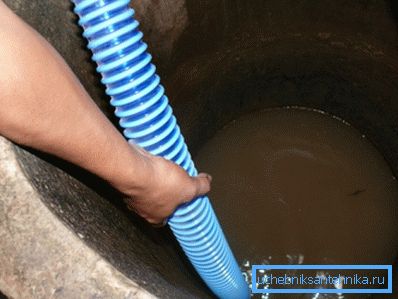
- When the water goes so active that the pump can not cope with the pumping, you should stop working. At the bottom we fall asleep a layer of washed gravel 30–50 cm thick, around the top two well rings we make a castle of clay;
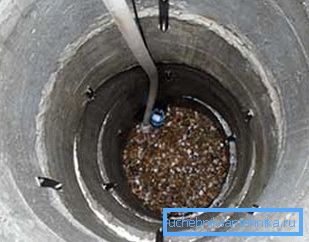
- We continue to pump water until it becomes transparent;
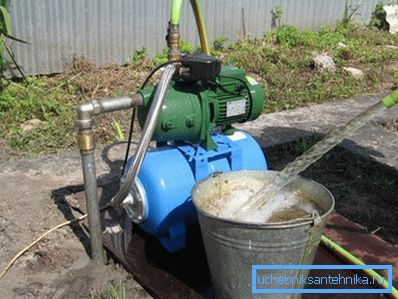
- Design and landscaping tip. The design of the well in the country can be very different: a wooden house, a stone source, twisted and figured columns, a roof or a canopy-umbrella, a pagoda, an altanka, etc. To raise the buckets use a wooden or metal gate, as well as a lever-crane with a counterweight.
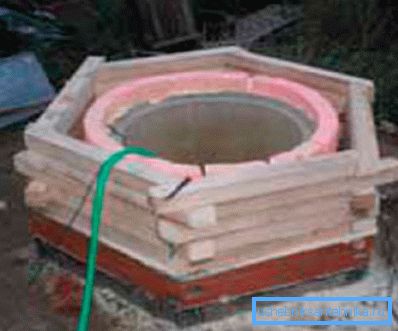
Note! If during the work in the mine you feel unwell, dizzy, feeling unwell or headache - immediately inform your assistants and leave the mine. These may be symptoms of gas poisoning.
Conclusion
The well is sometimes the only source of water in the country, therefore it is simply necessary for the dacha. You can build this structure yourself, following the points of our simple guide. You can watch the process with the help of the video in this article.